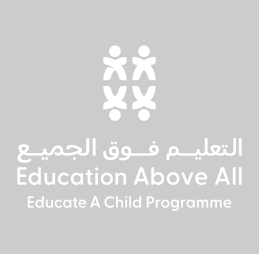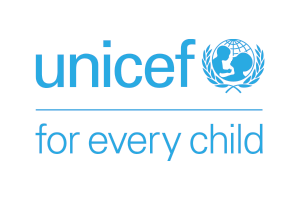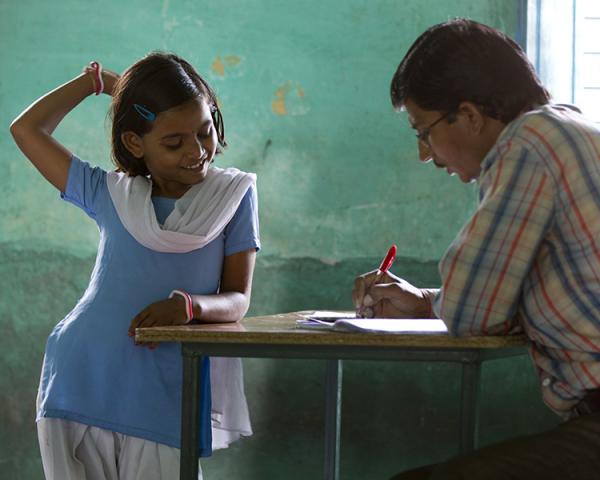Formal Education for Out Of School Children in Somalia
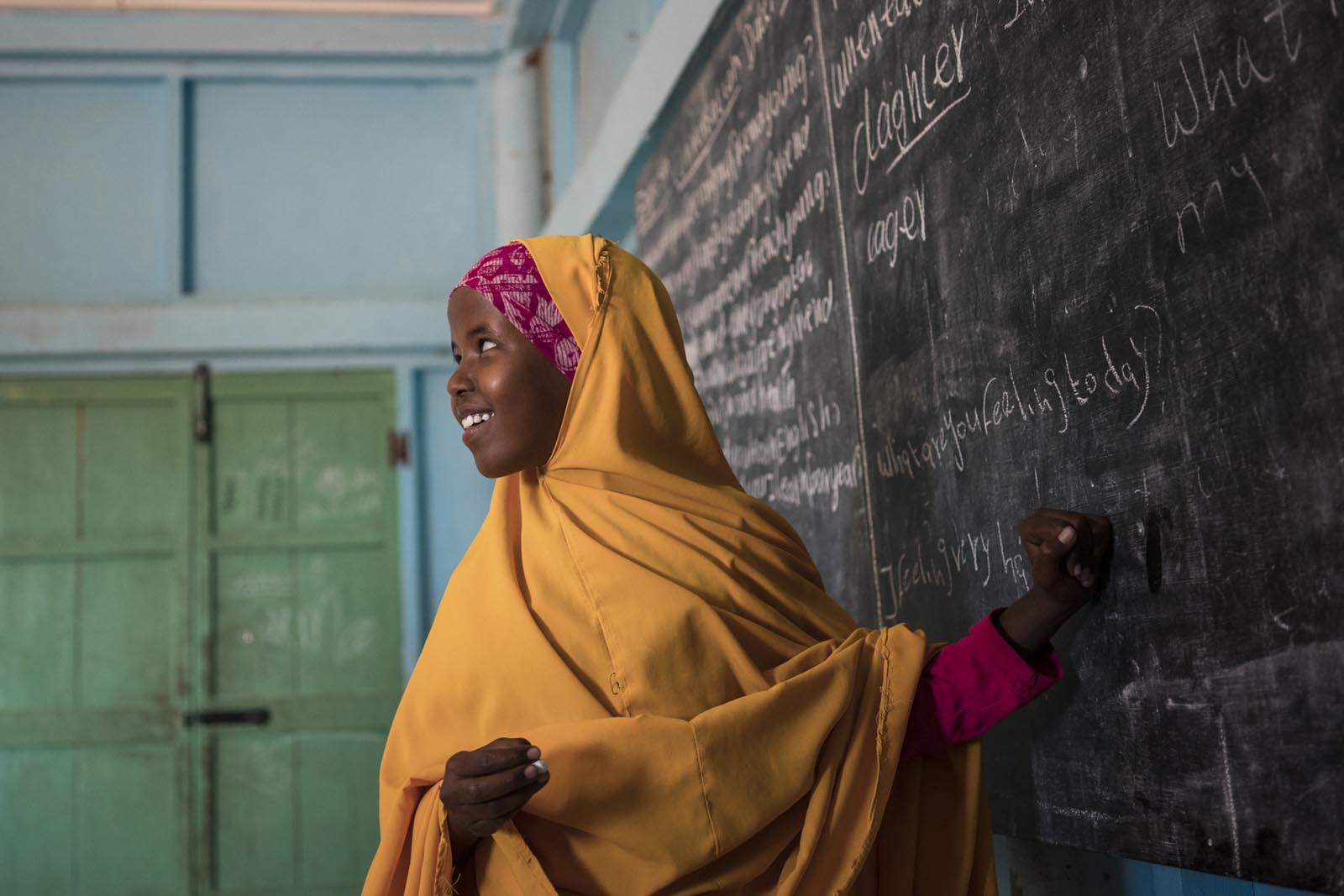
This is being achieved through the construction, rehabilitation, and furnishing of 800 classrooms; provision of educational materials at 308 supported schools to enhance the quality of teaching and learning; training of 1,912 teachers on child-centered methodologies; capacity development of 308 Community Education Committees in school management; the supervision and inspection of school activities by 25 Regional and District Education Officers; and advocacy and social mobilization. This project addresses the social, economic, and cultural barriers to education, especially barriers to girls’ education. These are highlighted in the mobilization campaigns and teacher training where gender responsive teaching is incorporated in the training materials. In addition, gender responsive facilities are being built into all construction and rehabilitation activities, ensuring privacy for girls through proper location and separate latrines for girls and boys. Teacher shortages are being addressed through teacher training and deployment. Training focuses on child-centered methodologies, including gender responsive teaching, multi-grade teaching, curriculum content, and conflict sensitivity.
Community participation will strengthen project sustainability and will be enhanced through establishment of Community Education Committees. Additionally, partnerships with the Ministry of Education, local and international NGOs, and community-based local organizations are also anticipated to contribute to project sustainability.







